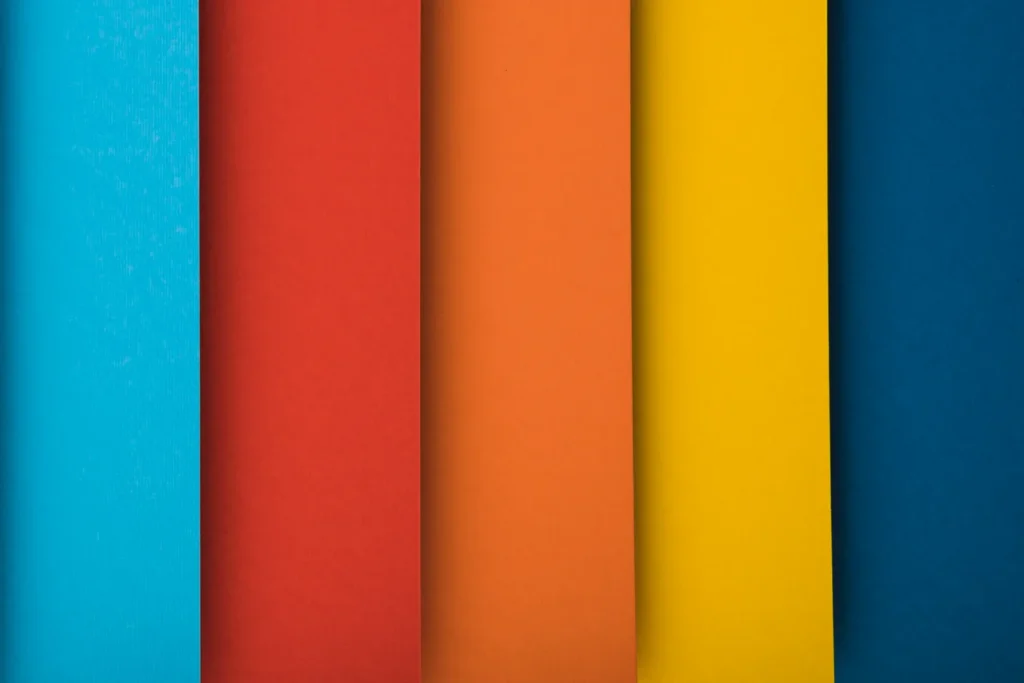From the moment you step into a room, the colors surrounding you can evoke certain feelings and perceptions. It’s no secret that colors have a profound impact on our emotions and behaviors. Whether you prefer the tranquility of neutral tones or the vibrancy of bold shades, your choice of wall color speaks volumes about your personality and preferences. Let’s delve into the psychology of color and explore what your favorite wall color might reveal about you.

The Psychology of Color
Color psychology is the study of how colors affect human behavior and emotions. Each color carries its own unique psychological properties, influencing our mood, perceptions, and even physical reactions. Understanding these associations can provide valuable insights into our personalities and preferences.
What Does Your Favorite Wall Color Say About You?
The color of our walls is more than just a design choice; it’s a reflection of our inner selves. Each hue carries its own psychological significance, offering insights into our personalities, emotions, and preferences. Whether you find solace in the simplicity of neutral tones, draw energy from bold colors, feel grounded in earthy shades, or seek serenity in pastel hues, your favorite wall color speaks volumes about who you are. In this section, we’ll explore the fascinating world of color psychology and uncover what your choice of wall color reveals about your unique personality and outlook on life.
Neutral Colors
Individuals who gravitate towards neutral colors such as white, beige, or gray typically prioritize simplicity, balance, and elegance in their surroundings. Neutral tones create a serene and calming atmosphere, ideal for minimalist and sophisticated spaces. Those who prefer neutral colors often exhibit practicality, organization, and an appreciation for order in their environment. Their choice reflects a desire for tranquility and a preference for understated yet refined aesthetics, indicative of their composed and collected nature.
Bold Colors
Opting for bold colors like red, blue, or green signifies a dynamic and adventurous personality. Bold hues make a striking statement, infusing spaces with energy and vitality. Those drawn to bold colors often possess confidence, creativity, and a willingness to embrace risks. Their choice reflects a desire to stand out and make an impact, indicative of their vibrant and extroverted nature, as they enjoy being at the forefront of attention.
Earthy Tones
Individuals who favor earthy tones such as brown, terracotta, or olive typically have a deep connection to nature and the outdoors. These colors evoke feelings of warmth, stability, and grounding, reflecting a down-to-earth and nurturing personality. Those who love earthy tones are often practical, and reliable, and value authenticity. Their choice reflects a desire for a harmonious and natural environment, indicative of their grounded and genuine nature.
Pastel Shades
Choosing pastel shades like baby blue, soft pink, or lavender suggests a gentle and romantic disposition. Pastel colors exude innocence, sweetness, and tranquility, creating a soothing and inviting atmosphere. Those who gravitate towards pastel hues tend to be sensitive, compassionate and have a nostalgic streak. Their choice reflects a preference for softness and delicacy in their surroundings, indicative of their tender-hearted and sentimental nature.
Factors Influencing Wall Color Preferences
Our preferences for wall colors are as diverse as our personalities, shaped by a multitude of factors beyond mere aesthetic appeal. From cultural influences to psychological needs and environmental considerations, various elements converge to inform our color choices. While personal taste undoubtedly holds sway, understanding the broader influences at play offers valuable insights into why we are drawn to certain hues over others. In this section, we’ll delve into the intricate web of influences that shape our wall color preferences, shedding light on the nuanced interplay between individuality and external factors in the realm of interior design.
Personal Taste and Style
Our individual tastes and styles significantly shape our preferences for wall colors. Whether we prefer classic elegance, bold statements, or cozy comfort, our unique aesthetic sensibilities dictate the colors we choose for our living spaces. Factors such as upbringing, personal experiences, and current trends all contribute to our distinctive style preferences.
Cultural Influences
Cultural norms and traditions exert a profound influence on our perception of color. Different cultures may associate specific colors with symbolic meanings or societal values, affecting our preferences and choices. For instance, while red may symbolize luck and prosperity in some cultures, it may signify danger or warning in others. These cultural associations can subtly or overtly impact our decisions regarding wall colors.
Psychological Needs
Our psychological needs and emotions play a vital role in determining our color preferences. We may be drawn to colors that fulfill certain emotional needs, such as seeking comfort, stimulation, or relaxation. Warm hues like red and orange may evoke feelings of warmth and energy, while cool tones like blue and green may induce a sense of calm and tranquility. Our mood and mental state can also influence which colors we find appealing at any given time.
Environmental Factors
Environmental factors, including lighting, architecture, and surrounding decor, significantly influence our perception of color. The interplay between these elements can alter how colors appear and feel within a space. For example, natural light can enhance the vibrancy of certain hues, while artificial lighting may cast shadows and affect color saturation. The architectural style of a room and its furnishings can also complement or clash with specific color choices, impacting the overall aesthetic and atmosphere.
Conclusion
our favorite wall colors offer a glimpse into our personalities, emotions, and preferences. Whether we prefer the tranquility of neutral tones, the vibrancy of bold hues, the warmth of earthy shades, or the serenity of pastel colors, each choice reflects a unique aspect of who we are. By understanding the psychology of color and the factors that influence our preferences, we can create spaces that resonate with our individuality and enhance our well-being.





